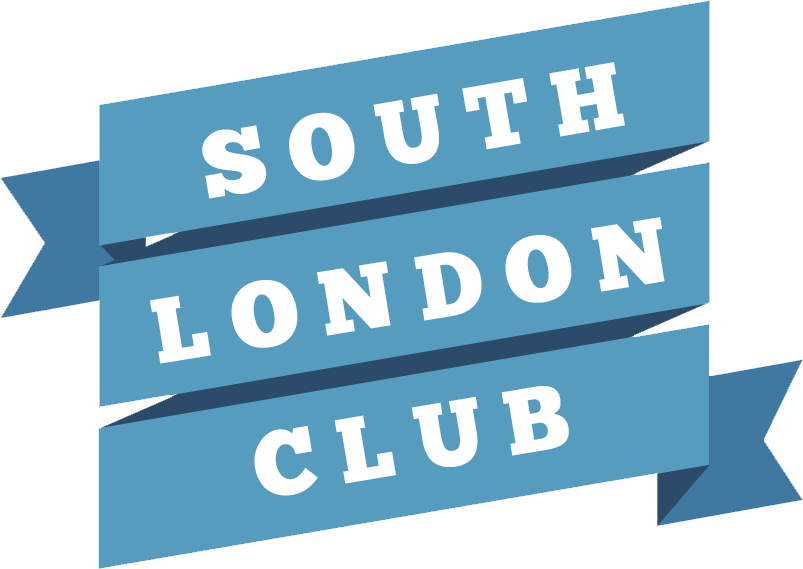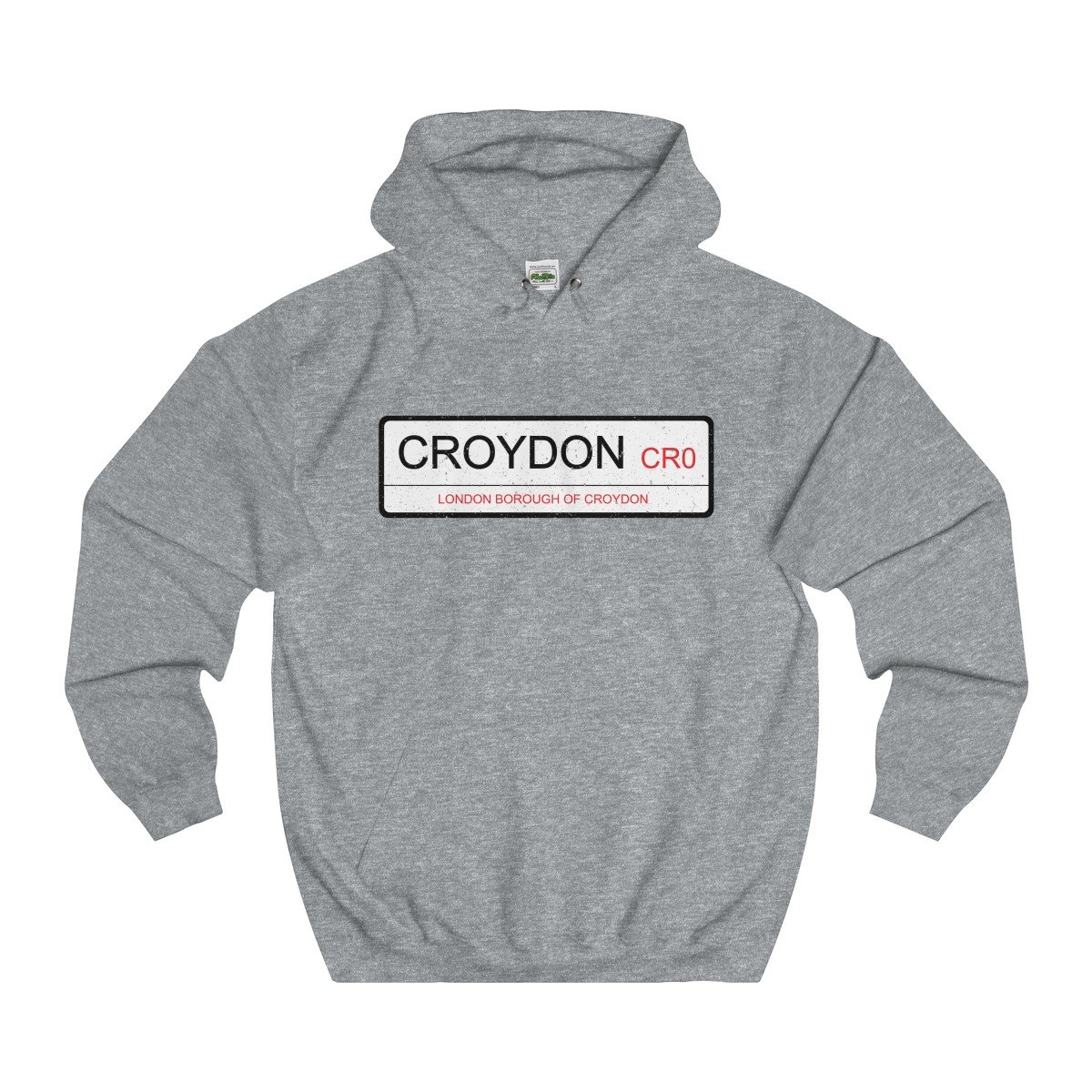Did you know a part of Croydon’s history was behind the inspiration for a Beatles song? Croydon’s humble beginnings into a huge London borough shouldn’t be forgotten, with its rich religious history and musical influences, this blog will dive into what makes Croydon the prominent borough of London it is today!
Croydon wasn’t always a London Borough. In fact, it was historically part of Wallington in the county of Surrey, during the Norman Conquest of England. When it was discovered in 1086, the Domesday book recorded its inhabitants at only 365. Now, Croydon has a population bigger than Iceland, Cardiff or Belfast!
It was believed that Croydon’s name has an Anglo-Saxon origin, like most boroughs in the surrounding area, coming from the word croh meaning ‘crocus’ and denu meaning ‘valley’. Another possible name origin is Brittonic in the form of Crai-dun meaning ‘settlement near fresh water’.
Crocus flowers (pontla)
Croydon was among the many areas recorded in the Domesday Book, a book completed by order of King William the Conqueror in 1086. In order to raise taxes to pay for his extensive army, William set a motion to survey the wealth and assets of each of the areas in his land. The book was also used to assess the state of the country’s economy after the Conquest. Croydon was first mentioned in 1783, when the book was officially published. Some statistics that were noted down where 48 villagers, an 8 acre meadow, 1 mill and 1 church. It’s safe to say Croydon has grown since then!
Domesday books (Andrew Barclay)
One of the most prominent places in Croydon is arguably the Surrey Street Market. This market dates back to the 13th century, trading since 1276, during the reign of King Edward I. Since then, the market is still going strong today, operating 7 days a week and celebrating its local artisans and food traders. So why was this historic market established here? It was considered ‘one of the most holiest places in the country’, says Rory Walsh, Croydon local and writer at Discovery Britain. Several Archbishops of Canterbury used Croydon as a resting stop between Kent and Lambeth Palace. Croydon Palace was built to accommodate these religious figures and became a summer residence for the Archbishop for over 500 years!
Surrey Street Market (Adrian Wallett)
Croydon Clock Tower And Town Hall CR0 - Giclée Art Print
Croydon Road Sign CR0 Hoodie
Croydon became one of London’s ultimate leisure destinations in the mid 19th century. In 1831, one of England’s most notable architects Decimus Burton designed a spa and pleasure garden off what is now Spa Hill. It’s official title was The Royal Beulah Spa and Gardens. It became an extremely popular venue for London’s Victorian society, a particularly notable event being a ‘Grand Scottish Fete’ on 16th September 1834. This is where a tightrope performer named Pablo Fanque conquered the Victorian circus scene, achieving eternal fame in the Beatles song ‘Being for the Benefit of Mr Kite.’ Mr Kite is believed to have been William Kite, who worked for Fanque. The lyrics that feature Fanque are as follows:
For the benefit of Mr. Kite
There will be a show tonight on trampoline
The Hendersons will all be there
Late of Pablo Fanques Fair, what a scene
Advert for Fanque’s circus (Diego Sideburns)
To turn back to the religious theme, we must mention Croydon Minster, previously known as The Parish Church, which was remodelled in 1849 before it was devastatingly destroyed in a great fire in 1867. It’s believed to have a history as old as Saxon times and is the 1 church mentioned in the Domesday Book recordings. The church had regular royal visitors that included the likes of King Henry VIII and Queen Elizabeth I. After the fire, only the tower, south porch and outer walls remained. The new church was designed by esteemed Victorian architect Sir George Gilbert Scott and opened in 1870. The church is now a burial place of six Archbishops of Canterbury: John Whitgift, Edmund Grindal, Gilbert Sheldon, William Wake, John Potter and Thomas Herring.
Croydon Minster (A.P.PHOTOGRAPHY)
During WW2, Croydon proudly inhabited Croydon Airport, which was London’s main airport at the time. However, during the war, Croydon was mostly destroyed by German V-1 flying bombs and V-2 rockets. Once the war was over, Heathrow Airport took Croydon’s place. Yet, Croydon have not wasted this space, opening the Croydon Airport Visitor Centre in 2000, which charts the history of the airport from WW1, to its service during WW2 and its closure in 1959.
Croydon Airport Visitor Centre (diamond geezer)
I Heart Croydon Mug
Croydon went through its own identity crisis in 1987, its community feeling that the borough lacked a personality that made it unique. That’s when the Council committed £30 million to an arts, library and cultural complex that would include a new local library. This would turn into the Croydon Clock Tower, including the Museum of Croydon. The museum has exhibits on the history of the borough, displaying Roman and Anglo-Saxon collections. It originally opened in 1995 under the poetic name Lifetimes.
Croydon Clock Tower (Matt Brown)
So, hopefully you now know a little more about the historic borough of Croydon! Make sure to check out some of these iconic Croydon spots this 2019.
Districts in Croydon include: Thornton Heath and Upper Norwood.
What is The South London Club?
The South London Club is a local discount card to help support small independent businesses across South London whilst saving all who live, work & play in South London money! With over 850+ local discounts to choose from, you will discover & explore all the best hidden gems in South London. Join over 7,000 of us & celebrate all that's independent & South London!












